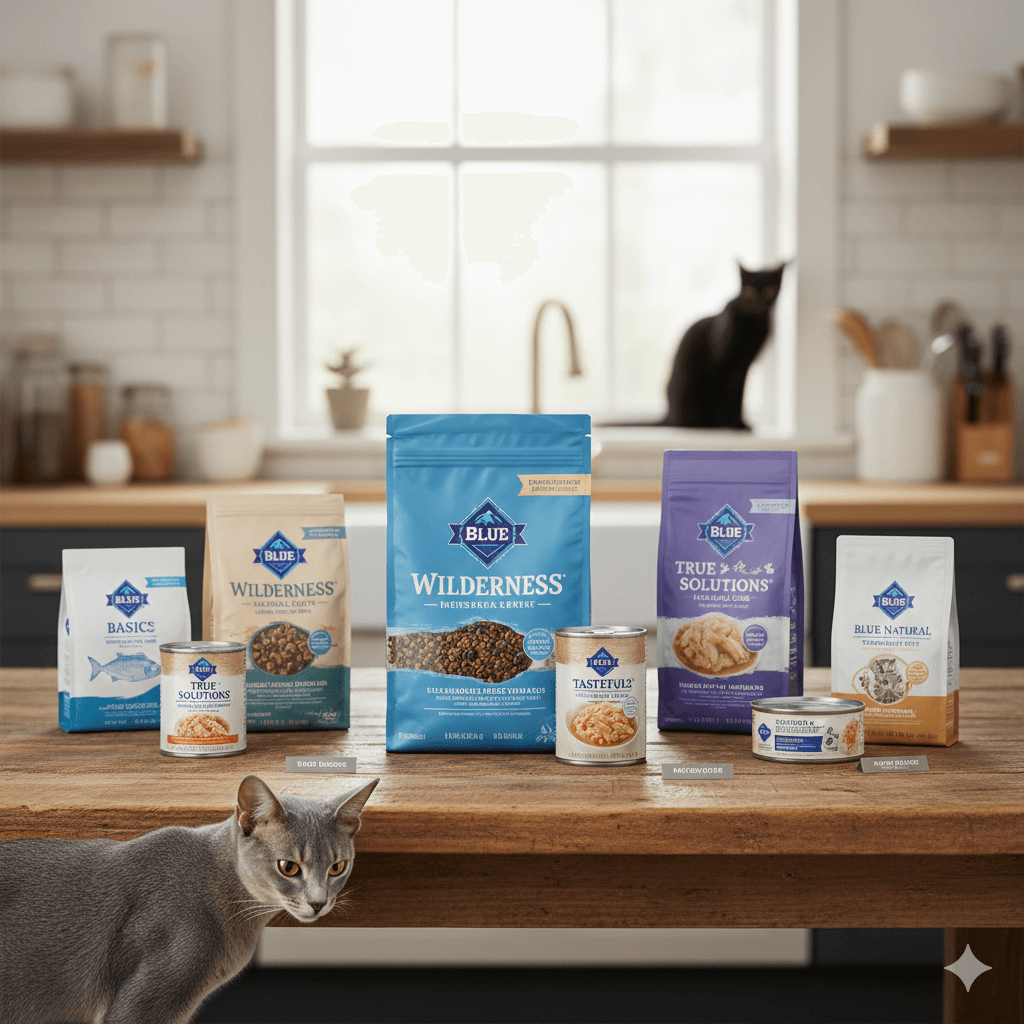Do Dog Bones Go Bad? What Every Pet Owner Should Know
Dog bones are a popular treat for our furry friends, offering both entertainment and dental health benefits. But have you ever wondered, do dog bones go bad ? Like any food product, dog bones can spoil or lose their quality over time, potentially posing risks to your pet’s health. In this blog post, we’ll explore how to identify spoiled bones, factors that affect their shelf life, and tips to ensure your dog enjoys their treats safely. Let’s dive in and learn how to keep your pup’s snacks fresh and safe!
Signs That a Dog Bone Has Gone Bad
Knowing when a dog bone has gone bad is crucial to prevent your pet from consuming something harmful. Here are some clear signs to watch out for:
A foul or rancid smell coming from the bone indicates spoilage or bacterial growth.
Visible mold or discoloration on the surface of the bone is a red flag.
Excessive moisture or sliminess suggests the bone has absorbed too much humidity.
Cracks or brittleness in the bone may mean it’s dried out and lost its nutritional value.
An off taste (if you’re brave enough to test it) can signal that the bone is no longer safe.
If you notice any of these signs, it’s best to discard the bone immediately to avoid potential health risks for your dog.
Factors That Affect the Shelf Life of Dog Bones
The longevity of dog bones depends on several factors, including their type, storage conditions, and manufacturing process. Here’s what influences how long a dog bone stays fresh:
The material of the bone—natural bones spoil faster than synthetic or processed ones.
Storage conditions like temperature and humidity can accelerate spoilage if not managed properly.
Packaging plays a role; vacuum-sealed bones tend to last longer than open or poorly sealed ones.
The presence of preservatives can extend the shelf life but may also affect the bone’s safety.
Exposure to pests or contaminants during storage can compromise the bone’s quality.
Understanding these factors can help you make informed decisions about purchasing and storing dog bones.
Check this guide 👉Are Milk Bones Bad for Dogs? Best 7 Expert Tips!
Check this guide 👉Top 5 Durable Dog Bones for Ultimate Chewing Fun!
Check this guide 👉What to Do If Your Dog Ate Chicken Bones: Best 7 Tips!

How to Store Dog Bones Properly | Common Mistakes to Avoid |
|---|---|
Keep bones in a cool, dry place | Storing bones in humid areas |
Use airtight containers for freshness | Leaving bones uncovered |
Check expiration dates regularly | Ignoring signs of spoilage |
Refrigerate raw or natural bones | Buying low-quality bones |
Rotate stock to use older bones first | Overstocking on treats |
Tips for Keeping Dog Bones Fresh and Safe
To ensure your dog’s bones remain fresh and safe for consumption, follow these practical tips:
Always check the packaging for an expiration date before purchasing.
Store bones in a cool, dry area away from direct sunlight or heat sources.
Use airtight containers to protect bones from moisture and pests.
Refrigerate raw or natural bones if you don’t plan to use them within a few days.
Inspect bones regularly for signs of spoilage before offering them to your dog.
By following these tips, you can maximize the shelf life of dog bones and ensure your pet enjoys a safe and satisfying treat.
Risks of Feeding Your Dog Spoiled Bones
Feeding your dog a spoiled bone can lead to serious health issues. It’s important to understand the potential risks to avoid complications:
Bacterial contamination can cause gastrointestinal upset, such as vomiting or diarrhea.
Mold on bones may lead to respiratory issues or allergic reactions in sensitive dogs.
Sharp fragments from cracked or brittle bones can damage your dog’s teeth or gums.
Rancid fats in spoiled bones may upset your dog’s stomach or cause pancreatitis.
Consuming old bones can expose your dog to toxins or harmful microorganisms.
To protect your dog’s health, always err on the side of caution and discard bones that show any signs of spoilage.
Types of Dog Bones and Their Shelf Life
Not all dog bones are created equal, and their shelf life varies depending on the type. Understanding the differences can help you choose the best option for your pup.
Raw bones, such as marrow or knuckle bones, typically last up to a week in the fridge if stored properly.
Smoked or dried bones have a longer shelf life, often lasting several months when kept in a cool, dry place.
Synthetic or nylon bones don’t spoil but may wear down over time, affecting their usability.
Edible dental chews are designed to be consumed quickly and usually come with a clear expiration date.
Antlers or hooves are durable and can last for years, though they may become brittle over time.
Knowing the shelf life of different types of bones ensures you provide your dog with safe and enjoyable treats tailored to their needs.
How to Dispose of Spoiled Dog Bones Safely
If you discover that a dog bone has gone bad, it’s important to dispose of it properly to avoid any risks to your pet or household. Here’s how to do it safely:
Place the spoiled bone in a sealed plastic bag to prevent odors from spreading.
Avoid throwing bones in compost bins, as they can attract pests or harbor bacteria.
Use gloves when handling spoiled bones to protect yourself from potential contaminants.
Clean the area where the bone was stored to remove any lingering residue or smells.
Double-check your other dog treats to ensure none have been affected by the same conditions.
By disposing of spoiled bones responsibly, you can maintain a clean and safe environment for your pet.
Alternatives to Traditional Dog Bones
If you’re concerned about the shelf life or safety of traditional dog bones, there are plenty of alternatives that can keep your dog entertained and healthy.
Rubber chew toys, such as Kongs, are durable and can be filled with treats for added fun.
Dental chews specifically designed for oral health offer a safer alternative to raw bones.
Frozen fruits like banana slices or blueberries make refreshing and nutritious snacks.
Puzzle feeders engage your dog’s mind while providing mental stimulation instead of physical chewing.
Braided ropes or tug toys are excellent for interactive play and satisfying your dog’s chewing instincts.
Exploring these alternatives allows you to cater to your dog’s preferences while minimizing concerns about spoilage or safety.
Frequently Asked Questions About Dog Bones
How long do dog bones typically last?
The shelf life varies depending on the type of bone, but most packaged bones last 6 months to a year if stored properly.
Can I feed my dog a bone that’s past its expiration date?
It’s best not to, as expired bones may have lost their nutritional value or become unsafe.
Are raw bones safer than processed ones?
Raw bones can be safer if fresh and handled correctly, but they spoil faster than processed bones.
What should I do if my dog eats a spoiled bone?
Monitor your dog for symptoms like vomiting or diarrhea, and consult a vet if you notice any issues.
Can I freeze dog bones to extend their shelf life?
Yes, freezing is an excellent way to preserve raw or natural bones for longer periods.
Ensuring Your Dog’s Treats Stay Fresh and Safe
Dog bones are a fantastic way to reward your pup, but it’s essential to ensure they’re fresh and safe to consume. By understanding the factors that affect their shelf life, recognizing signs of spoilage, and following proper storage practices, you can minimize risks and maximize enjoyment. Remember, your dog relies on you to provide safe and healthy treats, so always prioritize quality and freshness. With these tips in mind, you can confidently offer your furry friend a delicious and safe snack every time!
Cat Anxiety Treatment: 7 Proven Ways to Calm Your Stressed Feline Cats are masters of hiding their distress — but when …
Is Royal Canin Good Cat Food? Best 7 Expert Tips! Learn the truth about this brand & get vet-approved advice on feeding, ingredients, and tailored formulas.
Dwarf Cat Lifespan: Best 7 Expert Tips! Discover how to ensure a long, healthy, and happy life for your short-legged feline companion.
Blue Buffalo Cat Food: Best 7 Expert Tips! Discover how to choose the right formula, feeding strategies, and nutritional benefits for your feline friend.




